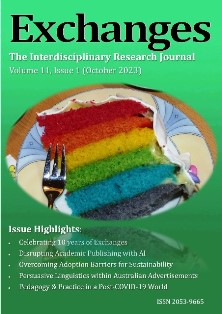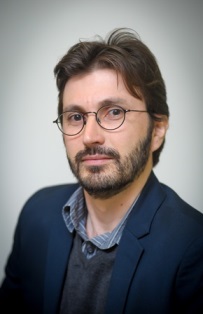Marcos Estrada
My PhD research entitled 'Everyday Practices of Transnational Living: Making Sense of Brasiguaio Identities,' involved a multi-sited ethnography conducted on the Brazil-Paraguay shared border region. In addition, supported by the Institute of Advanced Teaching and LearningLink opens in a new window (IATL) and the Institute of Advanced StudyLink opens in a new window (IAS), I produced the award-winning ethnographic film Brasiguaios: Transnational Lives and Identities. Access the trailer and full version of the film Brasiguaios: Transnational Lives and Identities.
After joining the University of Warwick, I was involved with various departments, including teh Department of Sociology, the Department of Politics and International Studies (PAIS), Warwick Business School, the International Office (previously known as), the library until I eventually joined the IAS in 2017. My current academic interests include the use and effects of Artificial Intelligence in everyday life.
Exchanges: The Interdisciplinary Research Journal

In 2017, after I was awarded an Early Career Fellowship in the Institute of Advanced Study, I assumed the role of editor at the IAS' Exchanges: The Interdisciplinary Research JournalLink opens in a new window.
Exchanges recently achieved a significant milestone by publishing its twenty-sixth issue, marking a decade of scholarly contributions. This special edition delves into reflections on the past ten years, including diverse topics such as AI in academic publishing and its impact on the humanities.
In light of ongoing developments in ChatGPT, Exchanges is introducing a new policy relating to artificial intelligence tools and manuscripts submitted for the journal’s consideration. If you want to submit your paper, visit the journal’s website: https://exchanges.warwick.ac.ukLink opens in a new window

